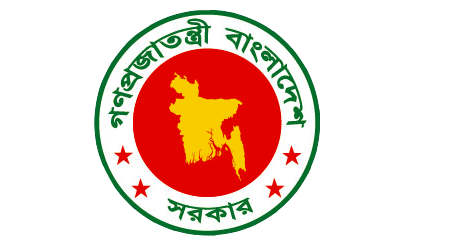The Government believes that the best way to address poverty among working age families is to provide them with access to work, including their own income generating activities. Therefore, most initiatives to support the working age population are education and labour market activities rather than social protection.
The size of the 15-24 age group is increasing in Bangladesh. There is a growing concern about the welfare of this youth population in Bangladesh. Many of this population are school drop-outs while a significant part has completed high school but are unemployed or under-employed. The most important policy challenge for young women and men is to enable them to complete their formal education and learn the skills that will make them effective participants in the labour market. This is a long-term challenge for the education and training policy of the Government and considerable effort is underway to address this. The Government will also collaborate with donors and NGOs to pilot focused training programmes to equip the youth with skills that would help them to access the labour market.
Efforts should also ensure that parents of children are able to access the labour market and they should continue to be provided with vocational training and support to develop their own enterprises. As pointed out in Chapter 3, support for working age families should encompass more than only social protection and labour market support. It is also important to ensure that families are able to more effectively access financial services, in particular the vast array of micro-finance options available in Bangladesh. In addition, the Government will encourage initiatives to improve markets, specifically Markets for the Poor (M4P) – such as Katalyst – and schemes to improve the enabling environment for business. Without such initiatives, job opportunities will remain limited.
There is significant scope for collaboration between government and NGOs in supporting the working age population. For example, Bangladesh has a range of asset transfer schemes – often known as “graduation” schemes – that should continue to be delivered. However, it is evident that the success and sustainability of these schemes will be strengthened if “graduates” from the schemes are able to continue to access regular and predictable transfers from government, as long as they qualify according to income criteria.
This Section will set out the priorities for Government social protection support to working age families. Given limited resources, over the next five years it is not possible to encompass all of those in need (although most poor and vulnerable households will receive transfers from other lifecycle schemes). Therefore, the Government will initially prioritise vulnerable women while taking initiatives to streamline and increase the effectiveness of workfare schemes and establishing an unemployment insurance scheme.
Home Consolidation of Priority Schemes Consolidating a Lifecycle System of Social Protection Programmes for Working Age (including young people)



